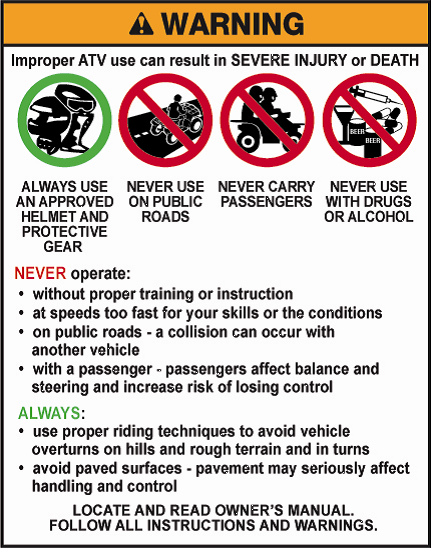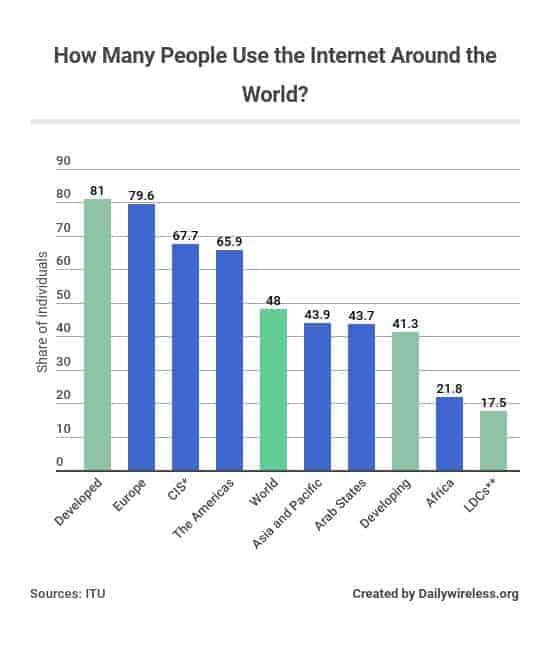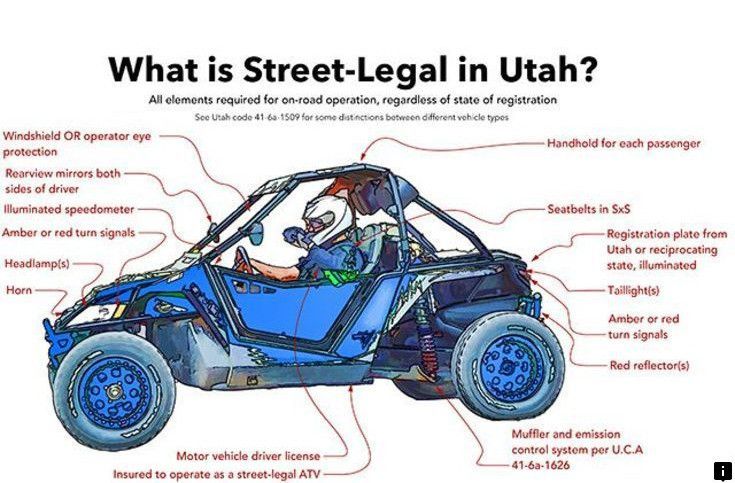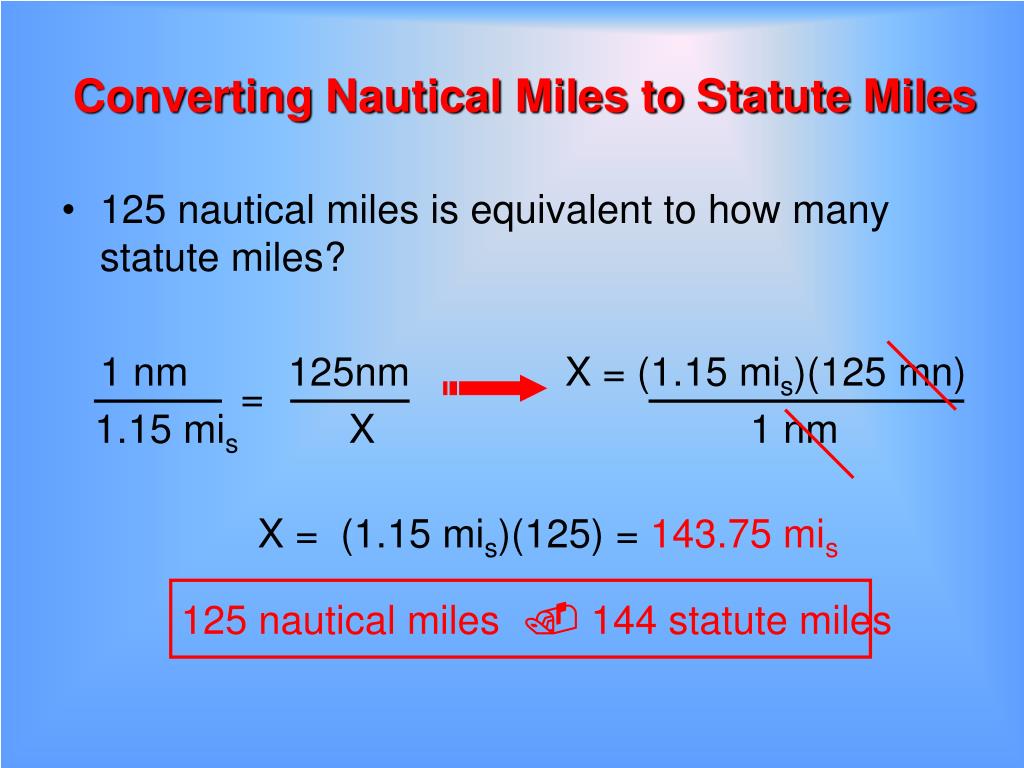by Lee
An ATV or Side By Side’s lifespan is 15 to 20 years if you do proper maintenance.
The average miles I expect out of a used ATV is 800 miles a year. So a 5-year-old ATV, I expect to have around 4,000 miles.
Let me explain why I say 15 years max and 800 miles a year for ATVs.
ATVs and side by sides are measured in both mileage and hours.
These two numbers are not a replacement for the other and will often be wildly different, especially across the globe.
Mileage and hours on an ATV can tell you a lot about them.
If you see an ATV with high mileage, but low hours it tells us they like to drive it fast. Not always an issue because this is normal when riding in the dunes but a huge red flag if taken to the extreme.
If you see an ATV with low mileage and high hours, it tells us they do more trail riding or are hunters. It could also mean they do a lot of snow plowing if they live where it snows a lot.
The average rider puts 800 miles on their ATV or side by side every year.
These numbers can vary a lot, especially on who drives the ATV and where.
An ATV is the primary source of transportation in some countries and small cities, and seeing 30,000+ miles is not crazy. Also, the farmer who uses his side-by-side daily for work will have a lot more hours than the guy who rides on the weekends.
But my baseline is 800 miles a year when I’m looking to buy a used ATV.
| Years | Miles |
|---|---|
| 1 | 800 |
| 2 | 1600 |
| 3 | 2400 |
| 4 | 3200 |
| 5 | 4000 |
| 6 | 4800 |
| 7 | 5600 |
| 8 | 6400 |
| 9 | 7200 |
| 10 | 8000 |
| 11 | 8800 |
| 12 | 9600 |
| 13 | 10400 |
| 14 | 11200 |
| 15 | 12000 |
This means if the ATV is 5 years old, I expect it to have around 4,000 miles on it. It’s when the miles vary from this baseline that I worry. A 5-year-old ATV with only 80 miles on it screams trouble, along with one having 80,000 miles on it.
It’s when the miles vary from this baseline that I worry. A 5-year-old ATV with only 80 miles on it screams trouble, along with one having 80,000 miles on it.
What matters more than hours or miles is how well the ATV was taken care of. Don’t let high miles keep you from an ATV that was properly maintained!
Average miles per year = 800 miles.
Max years for an ATV = 15 years.
800 miles * 15 years = 12,000 miles
I consider 12,000 miles a lot, especially if the ATV is under 15 years old.
Why 15 years? The manufacturer stops making vital parts for ATVs after that point. An ATV can go forever if you can get the parts, but a lot is discontinued after 15 years, and no point in keeping it going if you can’t work on it.
Would I buy an ATV with a lot of miles? Probably, it depends on how well it was taken care of. Let me explain.
I’ve seen guys with high mileage and high hours have no issues and keep trucking along.
I’ve also seen guys with low mileage and low hours and not take care of their ATV, and it turns to crap.
What matters the most is checking the ATV out in person and not some numbers anyone can screw with.
I had one guy try to sell me a limited-edition Can-Am Outlander 1000 with low hours and miles. The deal seemed too good to be true, and it was. When I looked at the ATV, I could tell the frame had bad cracks. This ATV was in a bad accident, and I later found out the dude rolled it down a mountain. The dude spent a lot of money to get new plastics and was trying to pass it off to someone else.
This is why mileage and hours are secondary to actually checking the ATV out in person.
I rather have an ATV with a lot of miles on it but taken care of than one with low miles and left to rot. A high mileage ATV tells me that the previous owner liked the quad and didn’t seem to have much trouble getting to those high miles; less likely to be a lemon that someone is trying to push on to someone else!
I hate this question because I’m a Can-Am guy, so naturally, I want to say Can-Am.
I’m sure a Yamaha or Honda guy will say the same thing.
But I will give it to Honda; they got it figured out and make some of the best engines. They lack in tech where Can-Am over-delivers, but I’ve seen 20-year-old Hondas still going to this day.
Since Honda is slower to change, this helps keep their ATVs going for longer. Many of their parts for older models are still around. I have a 1999 Can-Am Traxter that would still run if I could get a discontinued part. This is what decides how long your ATV last, not the hours or the mileage.
Unless you love going mudding and know what you’re doing, avoid the mud machines.
That is the XMR’s and other brands that come from the factory with a snorkel and are “mud ready.” Or the guys who convert their stock ATV to a mudding one.
These ATVs don’t have much of a warranty and are rode very hard. It’s not uncommon for them to get hydro locked due to mud and water getting in the engine and intake. Water in the engine can bend piston rods and blow the engine.
Water in the engine can bend piston rods and blow the engine.
Mudding ATVs are taken apart and tore down often due to them getting submerged in water and mud all the time.
I love going in the mud and getting crazy, but that is not the problem; the problem is the guys who take their ATVs and put them entirely underwater. Those are the ATVs to avoid as those things develop phantom issues eventually.
Not all mud machines are bad, but this ATV Mud Machine below is not one I would buy secondhand.

If you’re considering getting a used ATV, you might be wondering what is considered as high miles for an ATV. After-all you’re spending a significant amount of money on your new toy and the last thing you want is to get “screwed”.
If you look around the internet, you might find that there are various opinions about what is actually considered as “high miles” for an ATV. Some people say that you shouldn’t look at anything more than 5000 miles while others think that high miles mean somewhere between 2000 to 3000 miles.
Generally, an ATV is considered “high miles” once it reaches around 10,000 miles. What’s more important, however, is how it was maintained and how the previous owner rode it. Even at 10,000 miles, if the previous owner took the time and effort to care for the ATV, there could still be a lot of life left in the vehicle.
ATV Average Miles Per YearIf you need a benchmark figure to compare how many miles you’ve put on your ATV when compared to others, I would like to share my numbers.
I would consider myself an average ATV enthusiast. I like to ride my ATV on weekends and in all seasons including the winter. I average around 20 miles each week on my ATV which translates to about 1040 miles in one year.
While I understand that some people ride a lot more than I do (ride more days and for more miles each time), averaging 1040 miles on an ATV for a casual ATV owner like myself is reasonable.
If you ride more miles than I do, it just means that you are wearing down your ATV faster than an average rider and you’ll be doing more maintenance on your ATV.
The Hours to Mileage RatioMileage tells you how far your ATV has traveled but the actual hours that someone has spent riding also needs to be considered this is because:
Hours on an ATV tell you how hard the ATV was driven.
Generally speaking, if you find an ATV with high miles and low hours, it means that the vehicle was driven hard.
So what is a good Hours to Mileage ratio? I find that around 15 miles to 1 hour (15:1) is a good ratio. Keep in mind that this number can be fudged by ATV owners by simply idling his or her ATV. The ratio does not take idling into account and assumes minimal idling of an average ATV user. It provides a good benchmark for you if you’re worried about high hours on your ride.
It provides a good benchmark for you if you’re worried about high hours on your ride.
If your ride doesn’t come with functionality to keep track of hours. There are a number of good hour meters that can help you with this.
What the Average Lifespan of an ATV?As mentioned above, if you take good care of your ATV, you can put upwards to 10,000 miles on it. There are of course a lot of factors that affect the lifespan of an ATV. Let’s look at these in more detail:
Brand – Is your ride from a reputable brand like Polaris and Honda? These companies have had a great reputation over the years and the #1 reason behind this is their products superior reliability.
Hours / Miles – You should realize that using only the number of hours and miles is not important in determining the average lifespan of an ATV. What’s more important is HOW they were put on the ride.
One way to check is to jack up your ATV and check the bearings. Look for any rips or tears in your CV boots.
Look for any rips or tears in your CV boots.
CV boots help to protect and retain the grease inside your CV axles and they wear down over time. Once a CV boot is ripped, your CV joints are exposed and may begin to rust. If you see some big rips in your CV boot, it could mean that the ATV was not maintained properly which leads to a decrease in its lifespan.
Frame – exterior plastic pieces can be easily replaced but it’s the condition of the frame that counts. To check this, try to remove the exterior plastic body pieces and look for cracks or dents in the frame. This is usually a good indication to tell if the ATV was subjected to abuse and roll-overs. A weakened frame will reduce the lifespan of your ATV.
Mud / Dirt – A lot of ATV owners don’t realize how damaging mud and dirt can be to their ATVs. Mud traps moisture against the exposed parts of your ATV. This creates the perfect atmosphere for rust to develop and weakens your ATV overtime. Rust requires 3 things to develop: water, iron, and oxygen. When water is mixed with carbon dioxide (an element in oxygen), it forms an acid which eats away the iron.
Rust requires 3 things to develop: water, iron, and oxygen. When water is mixed with carbon dioxide (an element in oxygen), it forms an acid which eats away the iron.
Mud left on the body of your car will also cause damage to your paint. This is because mud can rub off paint and cause rust to develop. Note that this isn’t usually a problem if the mud is left on for a short period of time.
Dried mud acts as a hard abrasive material that causes damage to moving parts like bearing and joints. It also affects the function of your brakes.
This is why it’s important to clean your ATV thoroughly after each use. A dirty, muddy ATV has a much lower lifespan than a clean one.
ATV Tires: How Many Miles Can You Get from Stock Tires?A good set of stock tires can probably let you do 8000 miles before replacement. It depends on the type of surface you ride on the most. You can expect a longer life from your tires if you ride mostly on sand and dirt roads. If you ride a lot on sharp rocky roads, you will see less life.
If you ride a lot on sharp rocky roads, you will see less life.
This is why it’s important to plan ahead and know what kind of terrain you’ll be riding on and select the right tires for that terrain. E.g, use mud tires for mud, sand tires for sand, etc. Most ATV riders who are serious about the sport will have a few different sets of tires to play with. It’s a bit costly up-front but saves you a lot of stress and expands the life of your stock tires.
Suspension. Shock absorbers must be free of oil, and CV boots must be free of holes through which moisture can enter. To check the condition of the wheel bearings and hub bushings, you need to raise the ATV with a jack and shake the wheels vertically and horizontally - if there is play, one of these parts is worn out. Most often these are bearings. You also need to check all the suspension arms for play - perhaps ball bearings or silent blocks need to be replaced. nine0003
nine0003
ATV with working shock absorbers lowers and rises evenly - when pressing on the rear or front, one of the sides should not sag.
Transmission. Gearboxes must be free of oil leaks and cracks. The oil in them can be checked by lowering a plastic clamp into the filler neck or unscrewing the drain bolts: it’s bad if the liquid is opaque, it contains chips or other foreign particles. To check the modes of operation of the transmission, you need to jack up the front of the ATV. When all-wheel drive is on, when turning the left wheel, the right wheel should rotate in the opposite direction, and vice versa. When the differential lock is engaged, both wheels rotate in the same direction. Transfers should be included without effort and crunch. nine0003
Engine. It must be free of oil. A serviceable motor starts in 2-3 seconds and works without a metallic rattle, an arbitrary increase and decrease in idle speed.
Bad sign - black oil or with foreign particles. Normally it is transparent.
Normally it is transparent.
A malfunction is also indicated by black, white or blue smoke from the exhaust pipe, as well as a burning smell. At idle, the exhaust gases of a serviceable ATV are almost transparent. nine0003
It is advisable to measure the compression in the cylinders - this will require a compression meter with adapters for different threads of the candles and knowledge of the normal compression value in the cylinders of a particular ATV model, taking into account the decompression meter.
Coolant . You need to check with a cold engine. The antifreeze level must be between the minimum mark "LOW" and the maximum "FULL". The liquid should not be cloudy. If there is sediment or dirty “flakes” under the radiator cap, the motor was poorly maintained and may have overheated. nine0003
Air filter . If there are oil stains on it, most likely the ATV turned over.
Electrical . It is necessary to check the operation of the parking lights, high and low beams, turn signals, alarms, horns, heating, winches. Error indicators - for example, an electric booster - should go out when the engine is started.
Electric power steering . With the ATV running and jacked up, turn the steering wheel left, right, then center. With a working electric power steering, the steering wheel does not turn on its own. nine0003
Frame. Cracks, extensive corrosion, welding spots, stripped or fresh paint in the places where the suspension arms are attached, on the arms themselves and on the bottom of the frame - a reason to refuse to buy. Cracks or welding in the cargo platform area are not critical.
The difference in one or more bolts of the engine, variator or bridge, as well as traces of sealant on the crankcase connectors, indicates that the assembly was disassembled to fix the breakdown.
ATV in good working order does not pull to one side. When moving back and forth with the wheels fully inverted, there is no cod. The start of movement and acceleration without jerks and bumps. When you turn on the four-wheel drive and differential lock, it becomes more difficult to turn the steering wheel. nine0003
Request a call
Articles 03/10/2021
In short, our answer is: no, we do not recommend buying such used equipment, especially when it comes to children's quadsport. nine0003
Nevertheless, such questions arise from time to time, and if we still consider buying a used ATV in more detail, then below we will give some tips that will allow us to roughly assess the technical condition and adequacy of operation.
 The younger the ATV, the better, but in general, you should not rely on the date of manufacture. Much more important is its general deterioration, and it depends on how it was operated. nine0052
The younger the ATV, the better, but in general, you should not rely on the date of manufacture. Much more important is its general deterioration, and it depends on how it was operated. nine0052  nine0052
nine0052 If you decide to buy a used quad, be sure to draw up a sales contract, even if a particular unit does not require registration. Enter in the contract all the available engine numbers, frame, VIN, check that they correspond to the vehicle passport. Ask the previous owner about the nuances of use and where the ATV was serviced, serviced and repaired.
After the purchase, be sure to go to the service and ask to check all important components, to do the minimum necessary maintenance.